There are a handful of hikes in this world where travellers, hikers, and adventurers alike dream of going. These destinations often require a healthy amount of work and determination to complete, and arriving at their peaks is an accomplishment for any traveller. Mount Kilimanjaro and the Inca Trail are arguably two of the most well-known hikes of all time. (discover here how to get to Kilimanjaro).
If you’re thinking about embarking on one or both of these famous hikes, there’s a lot you should consider. From costs to health concerns, they are by no means a walk in the park. That being said, with the proper training, research, and tour company, both of these hikes can be done safely by anyone in good physical health. Here are some of the essential points to consider when comparing hiking Kilimanjaro vs. The Inca Trail. (discover here the training for Machu Picchu).
| Mount Kilimanjaro | The Inca Trail | |
| Location | Tanzania, Africa | Sacred Valley Region, Peru |
| Difficulty | Hard | Moderate |
| Elevation | 5,985m | 4,200m |
Getting to Kilimanjaro
Mount Kilimanjaro is a three-million-year-old dormant volcano in the Kilimanjaro region of North East Tanzania, Africa. Known as the highest mountain in Africa and the tallest free-standing mountain in the world, this beast reaches an altitude of 5,895m above sea level, making it a challenging trek for even the most experienced hikers. Around 44,000 people attempted the ascent in 2016, and roughly 75% successfully made it to the summit.
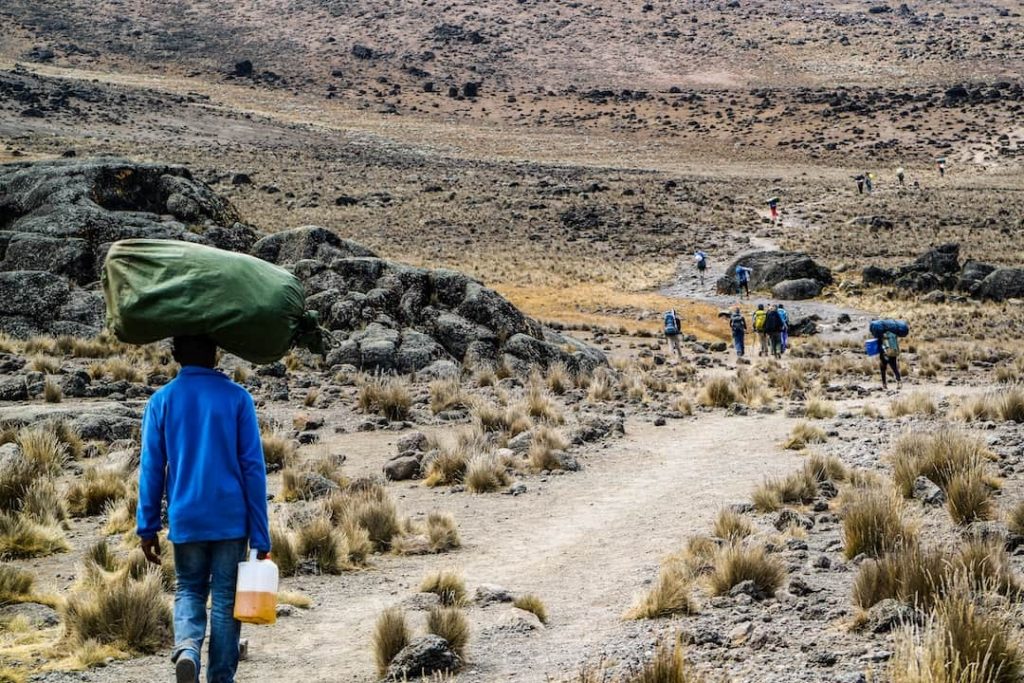
How many days does it take to climb Kilimanjaro?
Days to hike: 5-9 days
The length of the hike varies depending on the route taken and the tour company you choose. As a rule of thumb, remember the more time you spend on the mountain acclimatizing, the more likely you are reach the summit. Many companies offer a five-day hiking option. While it is possible to complete the trek in this time frame, you should not underestimate it and the risks involved. Shorter time frames can increase the risk of altitude sickness and lead to a failure in reaching the summit. You’ll make it to the top, don’t worry, so don’t rush it. Take your time and acclimatize safely.
What’s the cost to climb Kilimanjaro?
Cost: $2,000 USD to $6,000 USD
Again, this price varies depending on the tour you choose. Remember to read all of the guidelines from the tour company as to what’s included, safety precautions, supplied chefs and porters, etc. While one company may be lower in cost, there’s a likelihood that they don’t supply hiking gear, high-end cooks, safety equipment, etc., so make sure you read deeper as to what the price includes.
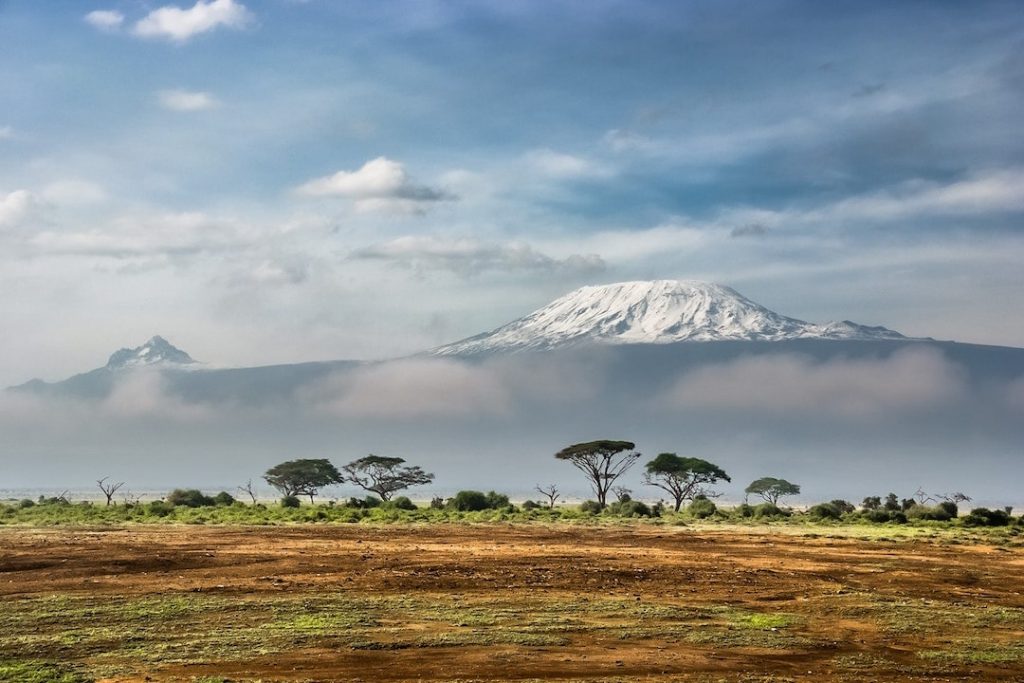
What’s the best time to climb Kilimanjaro?
Months: January to March, June to October
While it is possible to hike Kilimanjaro all year round, two seasons are favourable. January to March is typically colder, and there’s a higher probability of snow, but the slopes are much quieter. June to October is dry and warmer, however much busier. April and November are the wettest months making it not ideal for trekking.
How hard is it to reach the summit?
Difficulty: Challenging
Many factors influence this difficulty rating; despite being considered as a walk-up mountain, Kilimanjaro is widely considered an arduous trek, even for experienced hikers. The altitude is high, the weather isn’t always comfortable, the sleeping arrangements involve camping, and the incline is steep. Without proper training, this hike becomes even more difficult, so preparation is always advised.
Accomodation: Camping
The hike to the summit of Kilimanjaro doesn’t offer much regarding comfort. The washroom situation is known for being less than ideal, most nights you’ll be sleeping in tents or huts, and temperatures fall below freezing at night. The good news is, once you make it to the top and see the view, none of that matters.
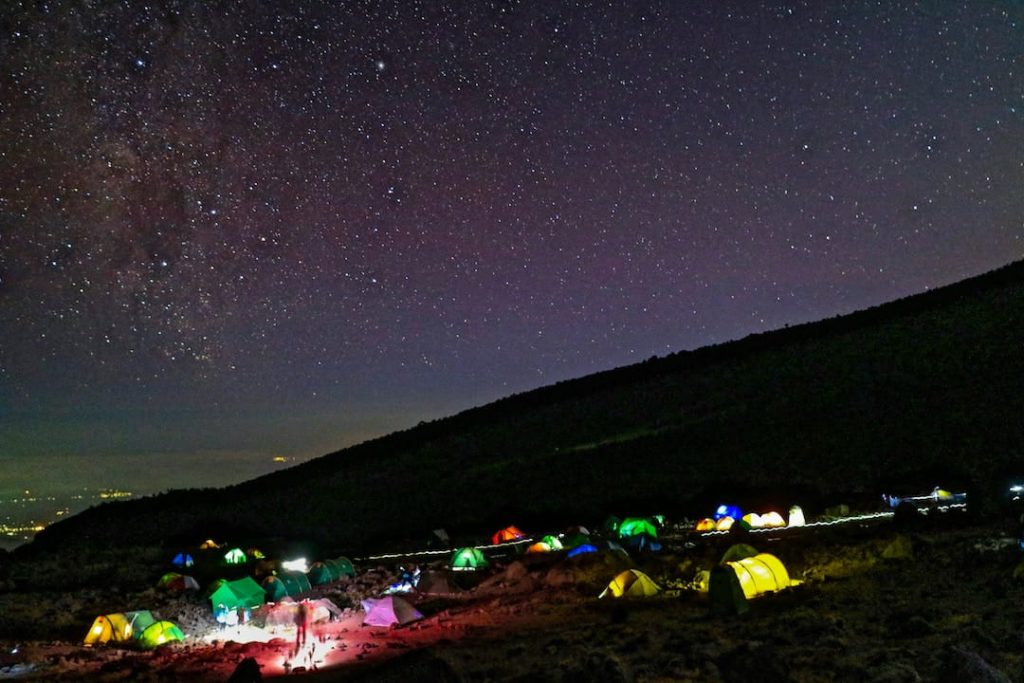
Safety Considerations: Altitude Sickness, Hypothermia, Heart Attack
Before you even think about hiking Kilimanjaro, you need to prepare. Talk to your doctor about your physical health to see if there are any red flags or concerns. Consider altitude sickness medication and make sure you hike at a pace that’s safe for your body. Warm clothes and sleeping bags are a must – it gets very cold and being warm is as much of a comfort factor as it is a safety concern. Lastly, train before your trek. Your heart and lungs need to be used to regular hiking, so they don’t go into shock on the mountain. A daily fitness routine will make a huge difference.
If you want to learn more about Kilimanjaro, check out our hiking guide!
How to get to Machu Picchu
The Inca Trail is an ancient roadway created by the Inca to reach the famous UNESCO World Heritage Site of Machu Picchu – a citadel built by the Inca in the 15th-century. Hidden in the mountains of Peru, the Inca Trail to Machu Picchu welcomes thousands of visitors each year, all eager travellers looking to reach the stunning summit. Reaching an altitude of 4,200m, compared to other treks, the Inca Trail isn’t considered as difficult. The success rate of reaching the finish point on this trail is over 90%.
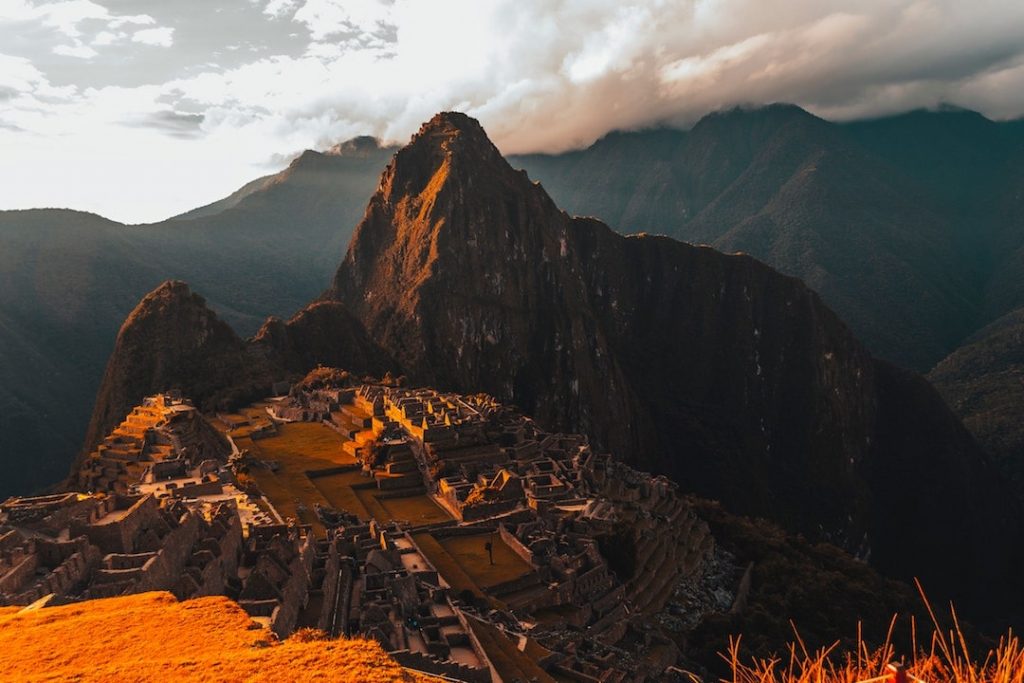
How long is the Inca Trail?
Days to hike: 3-5 days
Different tour companies will offer different options regarding the length of your trek, but most timelines fall between three and five days. Because altitude sickness is still a possibility, the longer hikes are often considered safer and also give you more time to enjoy the lush jungles and ancient ruins of the trail. If health is a concern of yours, some tours offer day trips to experience parts of the trail. However, that’s not the most popular option.
What’s the cost to hike the Inca Trail?
Because it’s short, many tour companies will bundle the Inca Trail with other destinations in Peru – that’s why you’ll see higher prices. If you’re only after a guide for the five-day hike, costs will be on the lower end. Because the Inca Trail is high in demand and permits are limited, it is one of the pricier treks when you compare the cost to the length of the journey. It may be an expensive five days, but it’s always worth it.
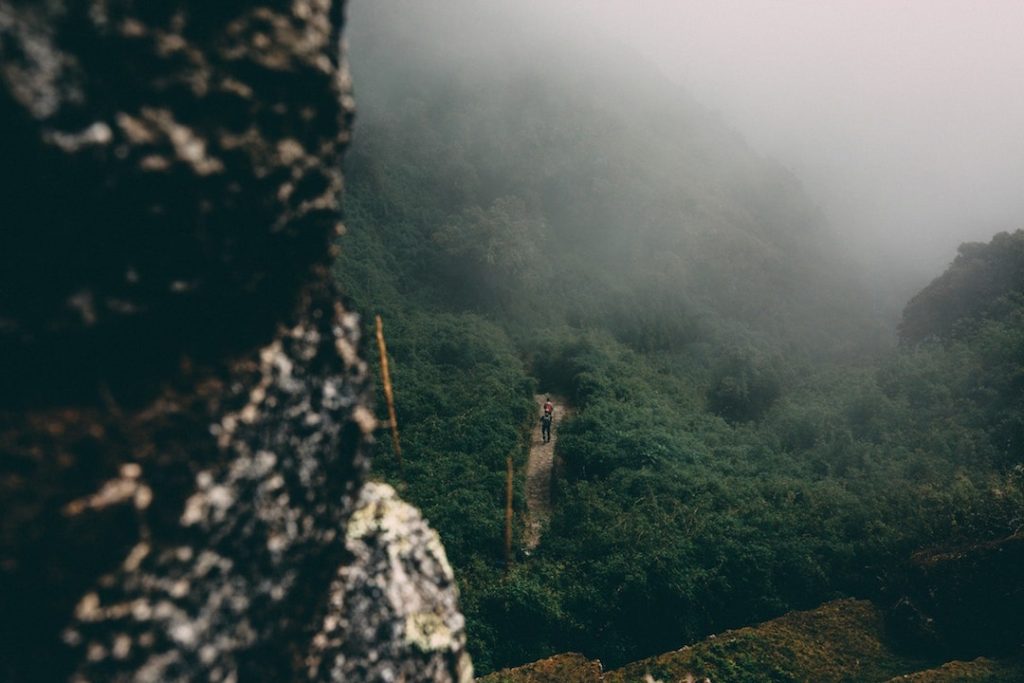
What’s the best time of year to visit the Inca Trail?
Months: May to September
May to September are the driest months in Peru, meaning they are the best for hiking. While they are cooler in temperature, it’s worth it not to have to battle against rain. December to February are incredibly wet and warm, making trekking a challenge. Believe it or not, the government of Peru closes the trail during February for maintenance – but it’s so wet you wouldn’t want to hike it anyway.
How hard is it to complete the Inca Trail?
Difficulty: Moderate
This rating will vary from hiker to hiker, but for the most part, people consider the Inca Trail a moderately difficult trek. The altitudes are high, but with a day or two of acclimatization in the city of Cusco before, most hikers have no issues. It also involves less hiking each day and a healthy combination of inclines, so you’re not putting as much strain on your body.
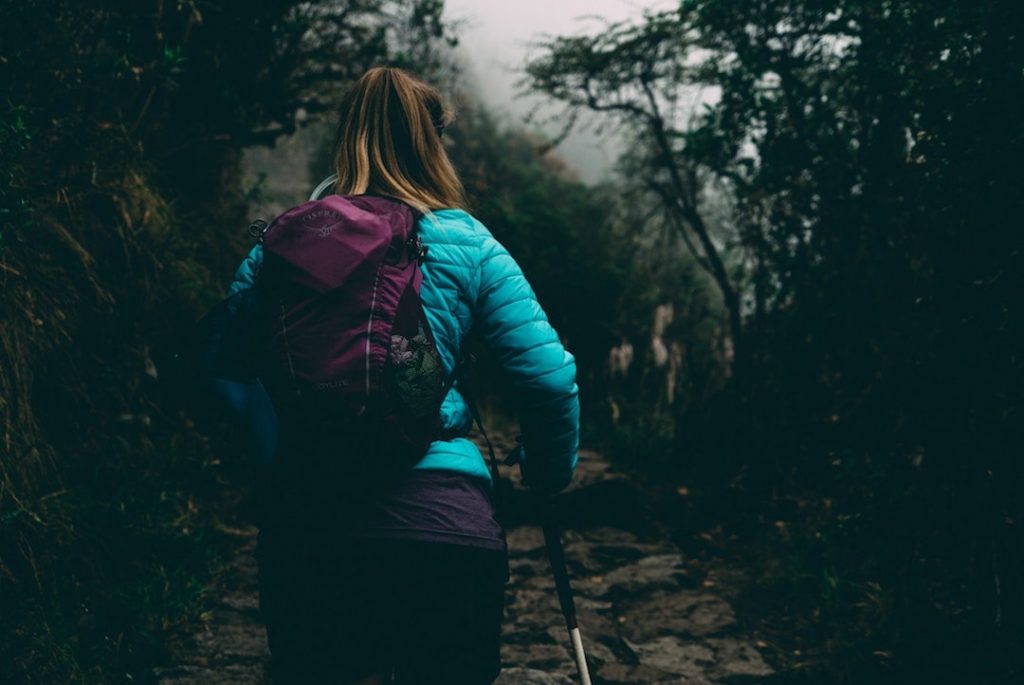
Accommodation: Pretty Comfortable
Because the Inca Trail has experienced such a boom in popularity, accommodations along the trail are quite comfortable. There are washrooms with toilets and showers along, and the sleeping arrangements are typically quite comfortable, either in heated huts, tents, or cabins. Most tour companies bring along trained chefs, porters, and horses to ensure comfort.
Safety Considerations: Altitude Sickness, Robbery
For the most part, the only safety consideration to think about along the Inca Trail is altitude sickness. Nearly every tour company will recommend that travellers acclimatize for two to three days before they attempt the hike. If you fail to do so, you are at higher risk. Also, this rarely happens, but there have been reports of stolen property while hiking the Inca Trail. Do your best to keep your belongings close to you and if you think something has gone missing, report it to your guide right away.
If you’d like to learn more about hiking Machu Picchu, check out our guide here!
While both of these destinations are beautiful, inspiring, you should take some consideration and training before attempting either trail. My advice: take things slow and work your way up to the bigger treks – there’s no reason to need to rush your trip, research, or training. Thankfully both of these landmarks are significantly protected, so they will be there for years to come. Perhaps start with Machu Picchu and then graduate to Kilimanjaro. And when you’re ready, there are dozens of tour companies who can help you plan the trip of a lifetime.


